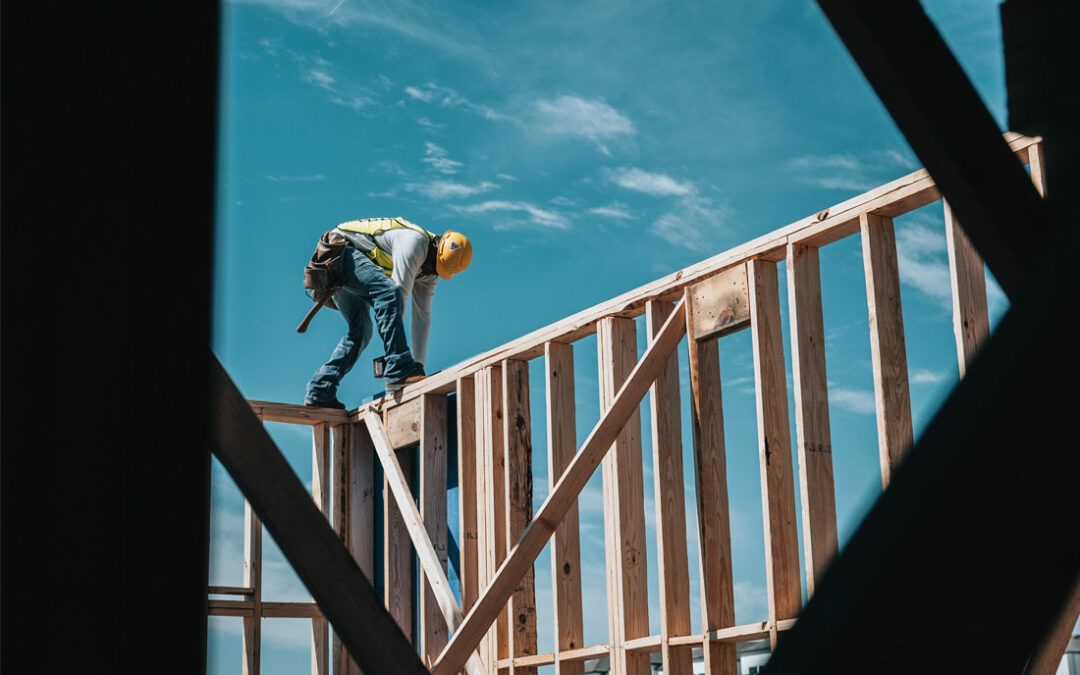
HomeBuilder extension gives applicants extra 12 months to start building
Tens of thousands of HomeBuilder applicants around the nation can breathe a sigh of relief after the federal government extended the construction commencement requirement from six months to 18 months.
It’s fair to say that the success of the HomeBuilder program caught a lot of people off guard and, as a result, contributed to a surge in demand for manpower within the residential construction industry.
In fact, more than 121,000 Australians applied for the HomeBuilder grant, which is expected to support around $30 billion worth of residential construction projects.
“The number of new houses that commenced construction in the December quarter was the second-highest level on record,” says Housing Industry Association’s chief economist Tim Reardon.
Long story short: the $25,000 and $15,000 grants incentivised so many people to build or renovate their homes that many builders were going to be unable to turn the first sod within the required six-month time frame.
So who exactly will the extension benefit?
Ok, so if you haven’t lodged an application for the HomeBuilder grant, then bad news, this extension won’t apply to you as the application deadline was April 14.
This extension will benefit those who’ve already applied and signed contracts during the HomeBuilder eligibility period between 4 June 2020 and 31 March 2021.
It means applicants now have 18 months – from the date an eligible contract was signed – for construction to begin on their property.
Treasurer Josh Frydenberg says the extension will help smooth out the HomeBuilder construction pipeline and support construction jobs over a longer period of time.
“It will also ensure that existing applicants facing difficulties in starting construction on their new builds and renovations are not denied a HomeBuilder grant due to circumstances outside their control,” explains Mr Frydenberg.
Need finance for your HomeBuilder project?
If you applied for finance while making your HomeBuilder grant application several months ago, get in touch with us today to double-check it’s still the most suitable option for you (much has changed in the past months!).
And if you’ve signed a building contract for HomeBuilder, but haven’t got around to exploring finance options just yet, then be sure to reach out to us soon – we’d love to run through some solutions with you.




